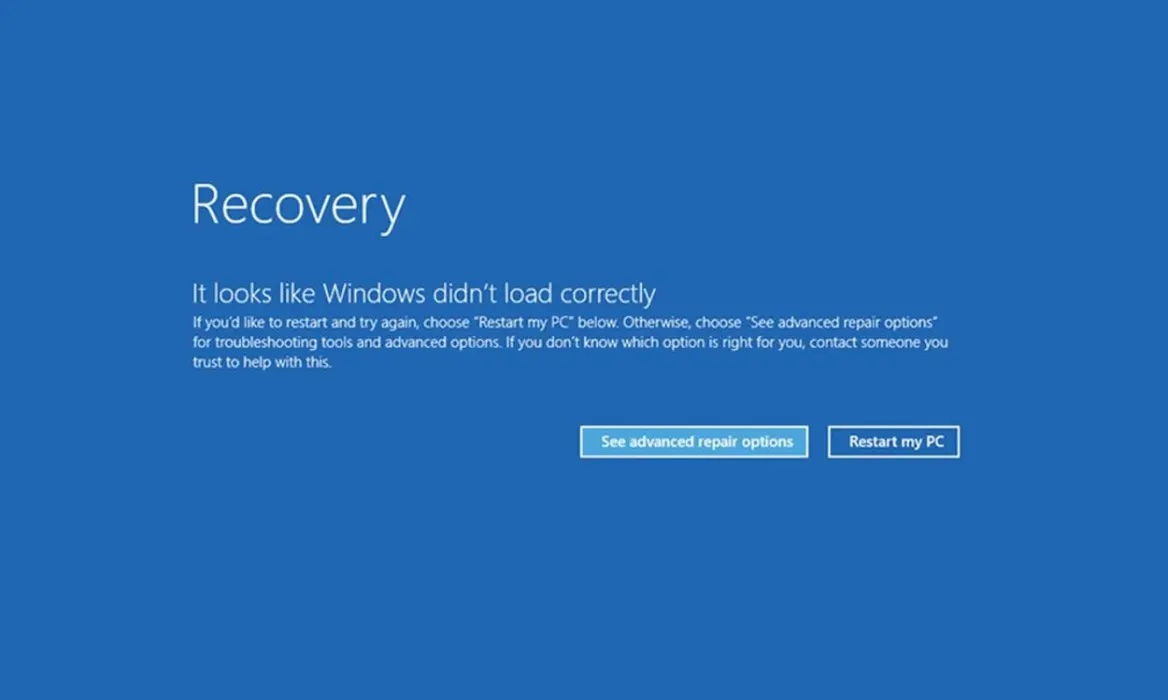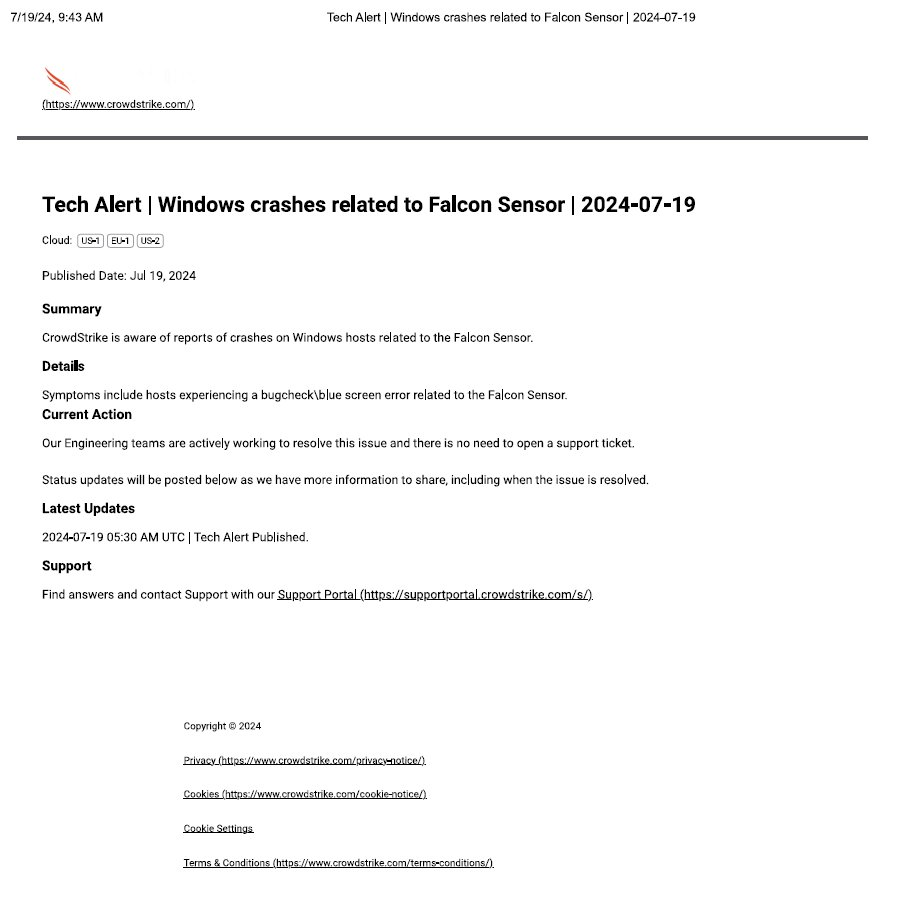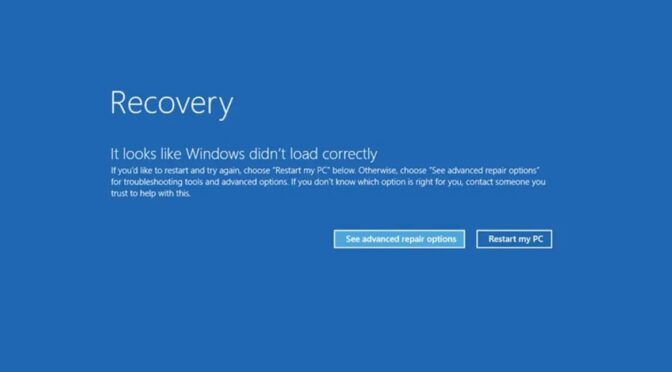Podcast: Play in new window | Download
Subscribe: Apple Podcasts | Email | TuneIn | RSS | More
Today, I’m addressing a significant issue affecting numerous Windows users worldwide. Reports have emerged of widespread crashes, commonly referred to as the “blue screen of death,” impacting various critical sectors, from transportation to banking and media.
I spoke with Sarah Julian at BBC Radio WM about the worldwide problems that continue to persist
Understanding the Issue:
The root cause of these crashes has been traced back to an overnight software update for CrowdStrike’s Falcon Sensor. For those unfamiliar, Falcon Sensor is a security tool designed to act as a sentinel for your computer, monitoring and protecting against malicious activities. A single corrupted system file from this update is causing Windows systems to crash upon booting.
Why This Matters:
Windows holds a substantial market share, with 72% of global computers running this operating system. The automatic update to Falcon Sensor has inadvertently introduced a fault, leading to these severe crashes. The update, once applied, seems to corrupt system functionality, causing the dreaded blue screen on countless machines.
Impact Across Sectors:
The ripple effect of this issue is profound. The update has disrupted services across various sectors:
- Transportation: Both train and plane operations have been hampered.
- Banking: Financial institutions are facing operational challenges, with payment systems affected.
- Media: Broadcast systems have been affected, causing interruptions, including Sky News and CBBC.
- Healthcare: NHS GP surgery systems are impacted, with reports of doctors having to handwrite prescriptions.
- Emergency Services: Even essential services like emergency call centres have not been spared.
- Airports: Airports, including Birmingham Airport, have reported issues with check-in services, and operations at the Port of Dover are also impacted.
Al Lakhani, CEO of IDEE, said:
“Many people might be thanking Microsoft for their accidental day off, but countless businesses are suffering due to Microsoft’s and their partners’ failure to maintain their services. This incident underscores the importance of businesses thoroughly researching and vetting their cybersecurity solutions before implementation. Microsoft clearly fell short in this regard, and we are witnessing a cascade of operational failures around the world as a result.”
“CrowdStrike’s platform approach, which relies on a single agent focused on detection, might seem good at first glance, but as we can see, it can create significant issues. For instance, agents require installation and maintenance of software on multiple different OSes, adding layers of complexity and potential points of failure. Moreover, agents can become a single point of failure, as a bad update can compromise the entire network, as seen with the SolarWinds attack.
“The lesson here is blindingly obvious: investing in cybersecurity is not just about acquiring the latest or most popular tools but ensuring those tools are reliable and resilient. This is why businesses must prioritise agentless solutions like MFA 2.0, which reduce the risk of widespread failures and ensure more resilient defences.”

Current Status and Actions:
Microsoft has acknowledged the problem and stated that a fix is in place. However, this does not immediately rectify the situation for all affected devices. Many computers remain non-functional, and a manual fix may be required. One proposed solution involves removing the corrupted update link to restore system operations.
Security Concerns:
This incident raises critical questions about our reliance on third-party providers and the level of access they have to our systems. The Falcon Sensor update had kernel-level access, the deepest level of system access, which allowed it to cause such widespread disruption.

Moving Forward:
As we navigate this challenging situation, it’s essential to stay informed and take proactive steps to secure our systems. Further updates will be provided as new information becomes available and solutions are implemented.
For now, if you’re experiencing issues, consult with your IT department or follow the suggested manual fix to remove the problematic update. Manual intervention is likely to be needed to address the corrupted system file causing the crashes. Stay vigilant and prioritise your system’s security.

